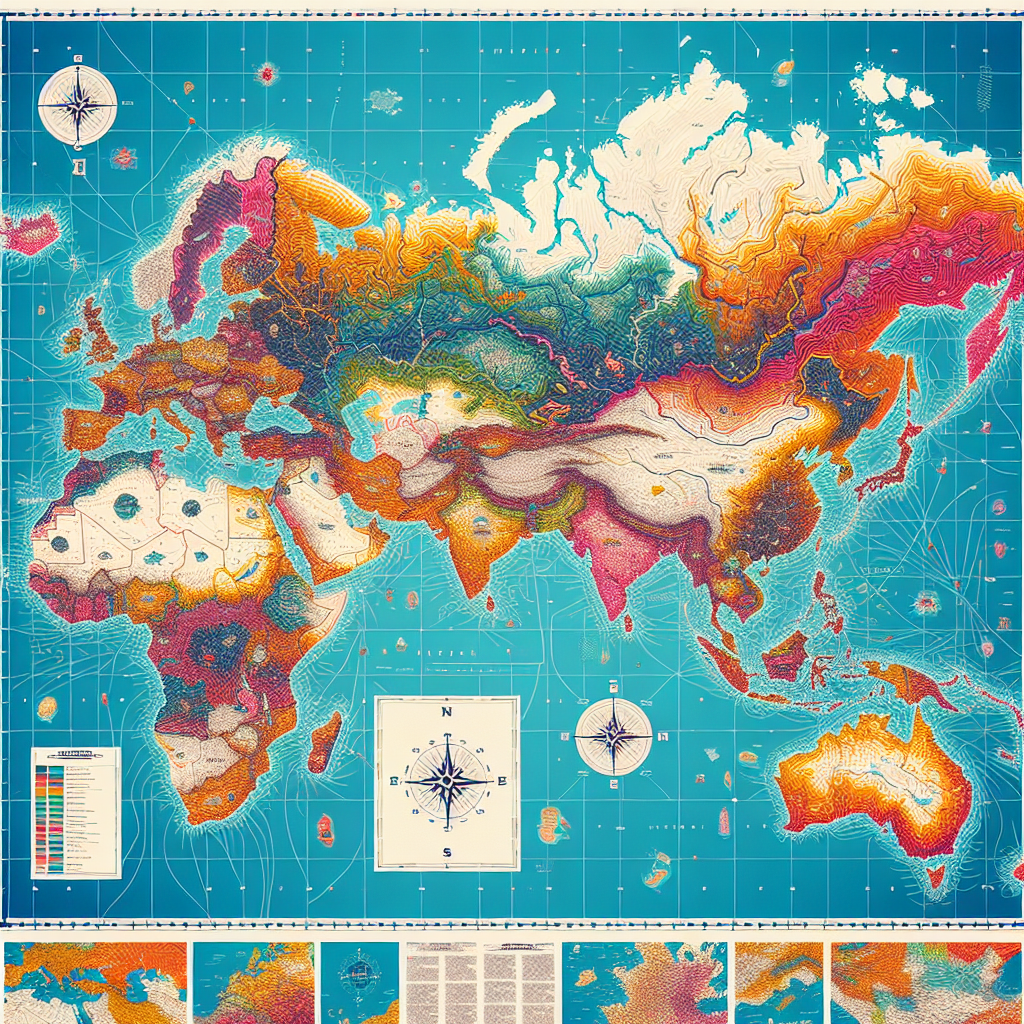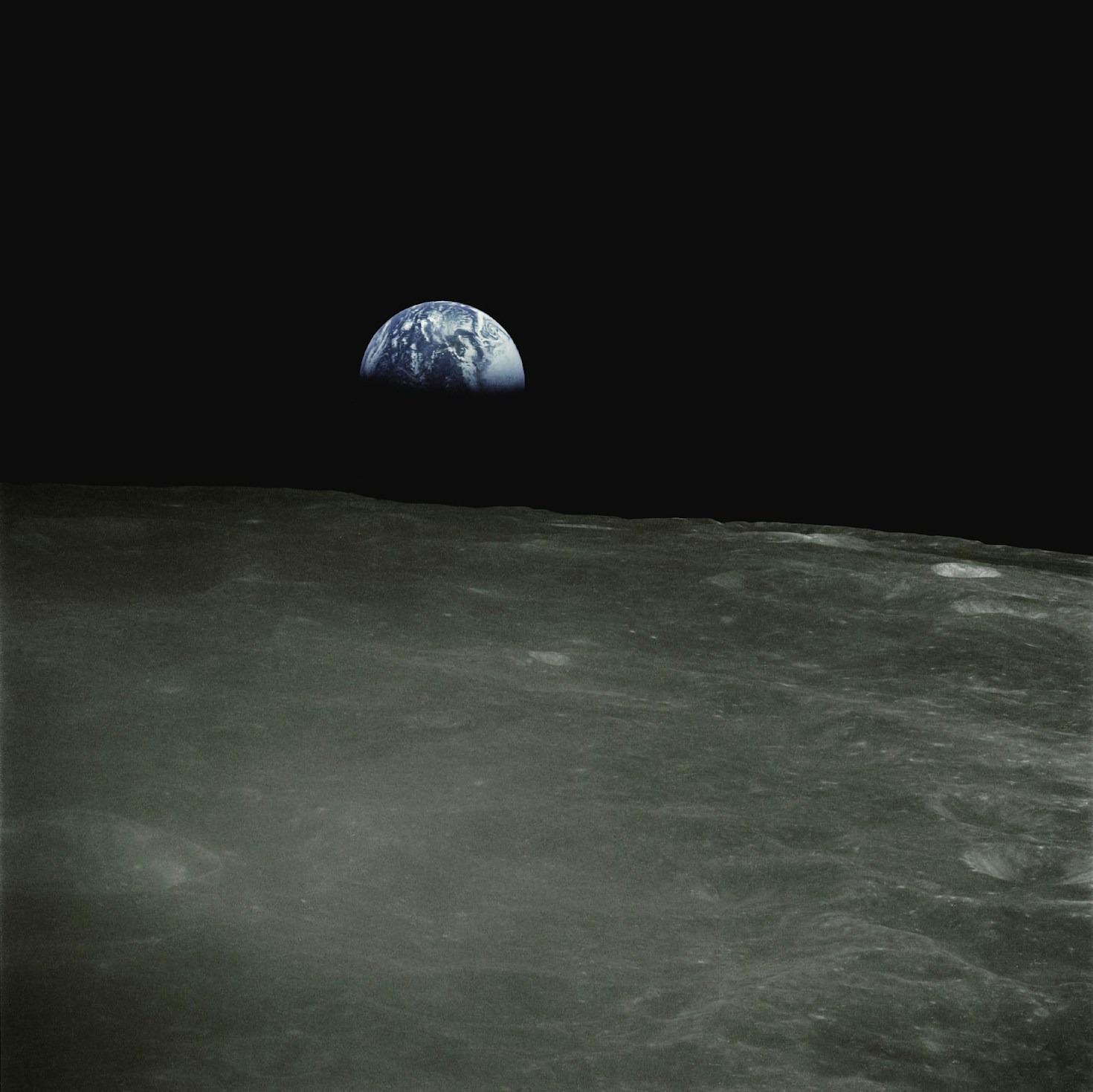
In the realm of alternative cosmologies, the Flat Earth model has sparked countless debates, discussions, and even artistic creations. Among the many intriguing concepts that have emerged from this community is the idea of a Flat Earth Sun and Moon Clock—a device that not only tells time but also reflects the unique celestial mechanics proposed by Flat Earth theorists. This blog post delves into the design, symbolism, and philosophical underpinnings of such a clock, exploring how it challenges conventional notions of time, space, and our place in the universe.
The Flat Earth Model: A Brief Overview
Before diving into the specifics of the Sun and Moon Clock, it’s essential to understand the foundational principles of the Flat Earth model. Unlike the widely accepted heliocentric model, which posits that Earth is a spherical planet orbiting the Sun, the Flat Earth model suggests that Earth is a flat, disc-like plane. In this view, the Sun and Moon are not distant celestial bodies but rather localized luminaries that move in circular paths above the Earth’s surface.
According to Flat Earth theory:
- The Sun acts as a spotlight, illuminating specific regions of the Earth as it moves in a circular path above the plane.
- The Moon follows a similar path, reflecting the Sun’s light to create the lunar phases.
- Both the Sun and Moon are much closer to the Earth than mainstream science suggests, and their movements create the cycles of day and night, as well as the seasons.
This alternative cosmology forms the basis for the design and functionality of the Flat Earth Sun and Moon Clock.
What Is a Flat Earth Sun and Moon Clock?
A Flat Earth Sun and Moon Clock is a timekeeping device that visually represents the movements of the Sun and Moon as described in Flat Earth theory. Unlike traditional clocks, which rely on the 24-hour day and the 12-month year derived from the heliocentric model, this clock is designed to reflect the unique dynamics of the Flat Earth cosmos.
Key Features of the Clock:
Seasonal Adjustments: Some versions of the clock include mechanisms to account for the changing angles of the Sun’s path, which Flat Earth theorists believe cause the seasons.
Dual Dial System: The clock typically features two main dials—one for the Sun and one for the Moon. These dials track the luminaries’ positions relative to the Earth’s surface.
Circular Paths: The Sun and Moon are depicted as moving in circular paths above the Earth, with their positions changing throughout the day and night.
Daylight and Nighttime Zones: The clock often includes a visual representation of the illuminated and dark regions of the Earth, showing how the Sun’s “spotlight” effect creates day and night.
Lunar Phases: The Moon dial incorporates the phases of the Moon, illustrating how its appearance changes as it moves through its cycle.


Symbolism and Philosophy
The Flat Earth Sun and Moon Clock is more than just a timekeeping device; it is a symbol of a radically different worldview. For those who embrace the Flat Earth model, the clock represents a rejection of mainstream scientific paradigms and a return to a more intuitive, Earth-centered understanding of the cosmos.
1. Reclaiming Ancient Wisdom
Proponents of the Flat Earth model often argue that their perspective aligns more closely with the cosmologies of ancient civilizations, which frequently depicted the Earth as flat. The Sun and Moon Clock, in this sense, is a modern reinterpretation of ancient timekeeping devices like sundials and astrolabes.
2. Challenging Authority
The clock also serves as a statement against the perceived authority of scientific institutions. By creating a device that reflects an alternative cosmology, Flat Earth theorists assert their independence from mainstream narratives and encourage others to question established truths.
3. Harmony with Nature
For some, the Flat Earth Sun and Moon Clock represents a deeper connection to the natural world. By focusing on the apparent movements of the Sun and Moon across the sky, the clock encourages users to observe and appreciate the rhythms of nature.
Wrapping Up with Key Insights
In this concluding paragraph, summarize the key takeaways from your article, reinforcing the most important ideas discussed. Encourage readers to reflect on the insights shared, or offer actionable advice they can apply in their own lives. This is your chance to leave a lasting impression, so make sure your closing thoughts are impact and memorable. A strong conclusion not only ties the article together but also inspires readers to engage further.
Criticism and Controversy
As with all things related to Flat Earth theory, the Sun and Moon Clock is not without its critics. Mainstream scientists and skeptics argue that the device is based on a fundamentally flawed understanding of physics and astronomy. They point to overwhelming evidence—such as satellite imagery, the curvature of the Earth, and the behavior of celestial bodies—that supports the heliocentric model.
However, for Flat Earth proponents, the clock is not about empirical evidence but about challenging assumptions and exploring alternative perspectives. It serves as a conversation starter, inviting people to think critically about the nature of reality and the stories we tell about our world.
Conclusion: A Clock for the Curious
The Flat Earth Sun and Moon Clock is a fascinating artifact that bridges the gap between science, art, and philosophy. Whether you view it as a thought-provoking piece of alternative cosmology or a whimsical curiosity, there’s no denying its ability to spark conversation and inspire wonder.
In a world where time is often measured in seconds and minutes, the Flat Earth Sun and Moon Clock invites us to slow down, look up, and consider the mysteries of the cosmos. It reminds us that time is not just a number on a screen but a reflection of our place in the universe—however we choose to understand it.
So, the next time you glance at a clock, take a moment to imagine what time might look like in a flat world. Who knows? You might just find yourself seeing the Sun, the Moon, and the passage of time in a whole new light.


Leave a Reply